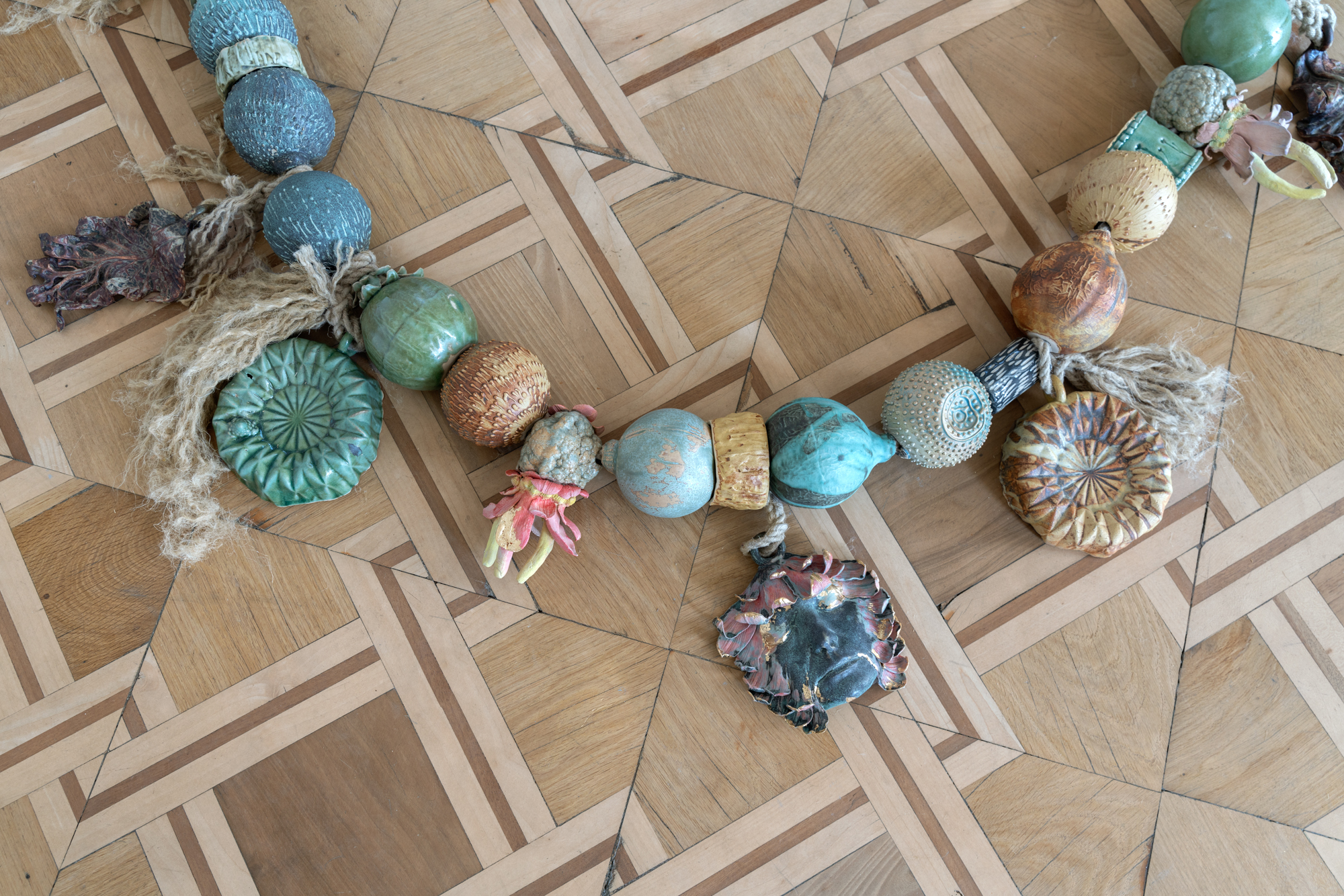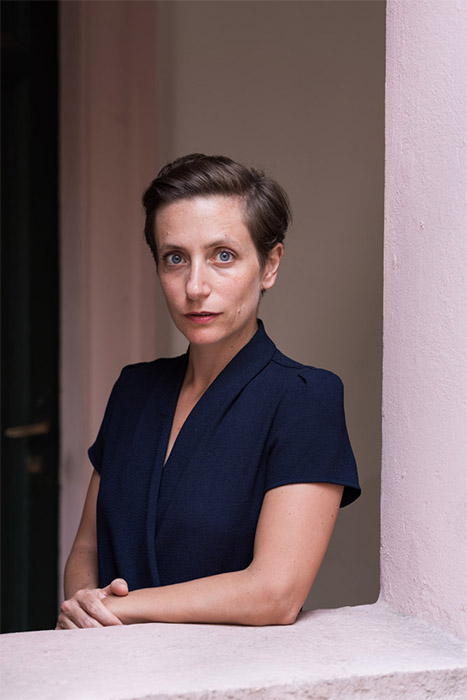Lucio Fontana arrived in Italy from Argentina in 1905 at the age of six. A 25-year-long sequence of devastating earthquakes followed, and this catastrophic disruption has been widely acknowledged as having considerable influenced the eruptive quality of Fontana’s early sculptures in clay, a material he loved for its organic malleability and sensual characteristics.
Lucio Fontana's ceramic works are the starting point for “A Matter of Life and Death”, an exhibition open until May 28th at the Naples branch of English gallery Thomas Dane. The show, curated by Jenni Lomax, director of the Camden Arts Centre in London from 1990 to 2017, traces 80 years of artistic production in ceramic through more than 40 works by 13 artists. It starts with Fontana's “Concetti spaziali” from the 1940s-50s and Leoncillo’s Caryatids and includes the creations of contemporary Italian and international artists such as Chiara Camoni, Phoebe Cummings, Magdalene Odundo and Lynda Benglis.
At the heart of the exhibition is the idea of the precariousness of the material, the idea of the existence of an uncertain state that is afforded by the properties and processes of clay. “Earth, moisture, temperature and air create change when they collide” writes Jenni Lomax, “either by accident or design, causing the transformation from one state to another, and provoking an incalculable space between fragility and strength.”
It is no coincidence that the exhibition has been put on in Naples, a region at once strong and fragile, living under the constant looming threat of the Vesuvius and the sea, and where clay is much more present in the artistic tradition than marble.
The precariousness of ceramics and life itself is particularly strong in the work of English artist Phoebe Cummings, who exploits the delicacy and temporal nature of unfired clay to make intricate structures that purposefully decay over time. Masterfully crafted, her abundant arrangements of nature’s sumptuous bounties take on a transient beauty. Built of raw clay, directly onto an interior wall and upon the terrace of the building in Naples, the life-span of her ‘fountain’ and ‘candle sconce’ are at the mercy of the air, sun and water, left to change over time and return back to dust.
Another artist included in the show is Magdalene A. N. Odundo. She once said that committing a sculpture to the kiln is the most stressful part of its making: the moment when the heat’s force will provide the means of survival or destruction. The unpredictable and perilous process of the firing procedure is the topic of Keith Harrison’s performance. His video shows a ceramic firing that takes place in his grandmother's living room. Egyptian clay is wrapped around the elements of a small, electric bar heater and spits, glows and crackles while his grandmother is heard in the background, asking him if he would like a cup of tea and something to eat. She seems unconcerned and unaware of any threat to her safety or furnishings. The tense undercurrent that runs through the normality of this domestic scene receives an additional charge when being watched in such close proximity to Vesuvius.


 "A Matter of Life and Death" at Thomas Dane in Naples
"A Matter of Life and Death" at Thomas Dane in Naples "A Matter of Life and Death" at Thomas Dane in Naples
"A Matter of Life and Death" at Thomas Dane in Naples "A Matter of Life and Death" at Thomas Dane in Naples
"A Matter of Life and Death" at Thomas Dane in Naples